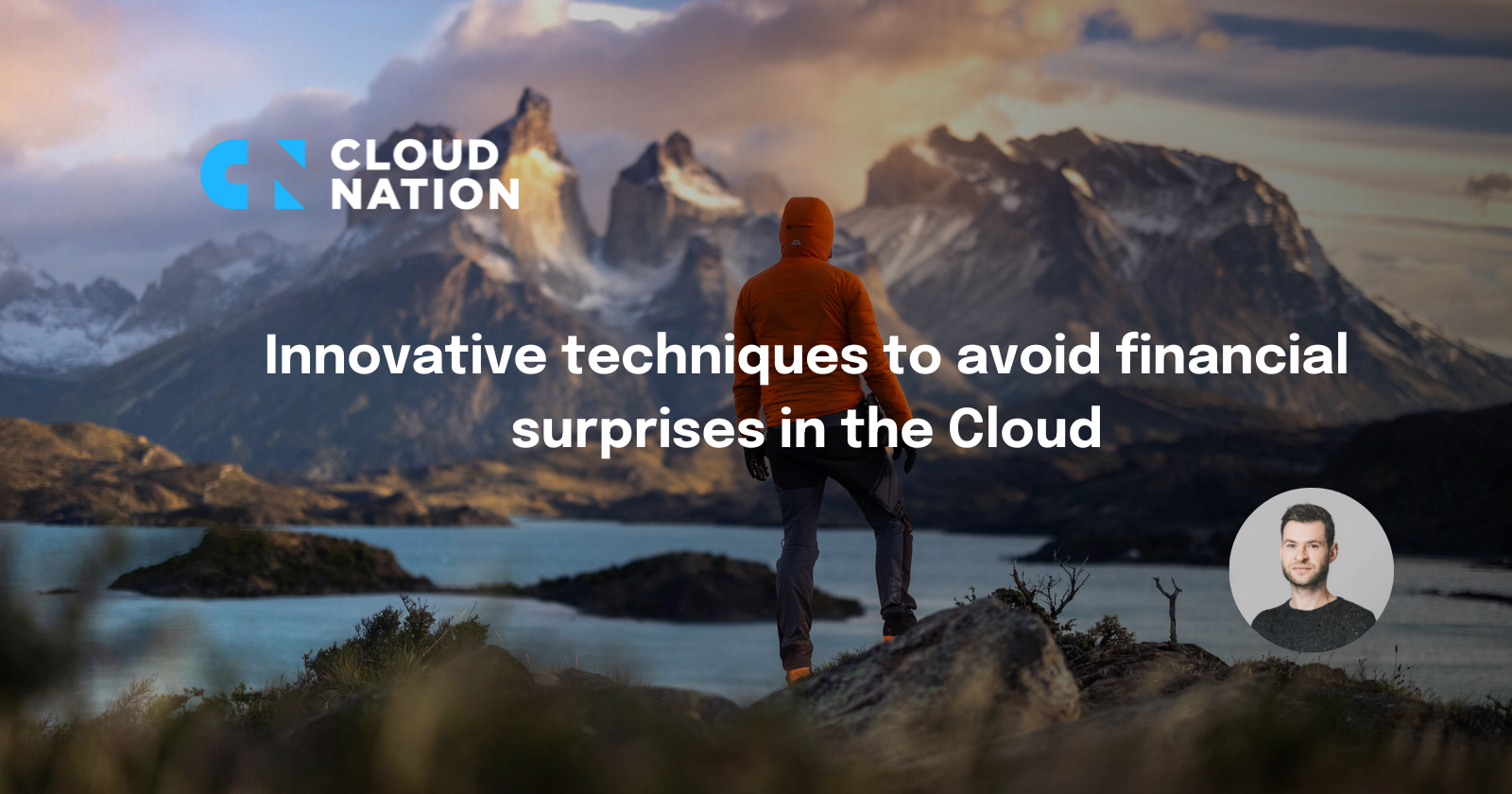Cloud has revolutionized the way organizations operate. It drives agility, scalability, and innovation. But there’s a catch every CxO knows too well: unexpected costs. The “pay-as-you-go” model sounds attractive until monthly invoices start resembling a stock market chart.
According to recent industry reports, over 70% of companies exceed their planned cloud budgets each year. The good news? These surprises are manageable, and preventable with the right strategies.
Let’s look at the innovative techniques that forward-thinking companies are using to bring control, predictability, and intelligence to cloud finances.
From cost tracking to cost forecasting
Most organizations still look at their cloud bills after the damage is done. That’s like checking your credit card statement after a shopping spree.
Innovative leaders are moving from cost tracking to cost forecasting.
By combining historical spend data with predictive analytics, it’s now possible to forecast future consumption based on business trends, seasonal peaks, or new product launches. This turns your cloud budget into a living, breathing part of your business planning.
In short: Stop reacting to invoices. Start predicting them.
Automating financial guardrails
Modern cloud environments are dynamic as workloads scale up and down, services are provisioned instantly, and resources can be spun up globally within seconds. That flexibility is both a gift and a curse.
Leading organizations are now deploying automated financial guardrails: cost anomaly detection, scripts to identify inefficient configuration and policies that prevent provisioning of unwanted resources.
For example:
- Automatically shutting down test environments after 8 PM.
- Alerting business owners when costs for a specific service spike.
- Blocking the deployment of premium resources outside approved regions.
These controls don’t just save money, they instill a culture of accountability across teams.
Embracing FinOps as a business discipline
Cloud financial management isn’t just an IT function anymore. It’s a cross-functional discipline that brings Finance, IT, and Operations together under one shared goal: driving business value from cloud investments.
This movement, known as FinOps, introduces structured processes, KPIs, and shared responsibility models. It helps teams make data-driven decisions and aligns cloud usage with business priorities.
For business leaders, implementing FinOps means transforming cloud costs from “unpredictable” to “strategic” and involving different disciplines in a Cloud Center of Excellence to centralize decision-making and stimulate cost awareness across teams.
Leveraging short-term commitments and flexible pricing models
Long-term commitments (like Reserved Instances or Savings Plans) are powerful tools to reduce cost, but they can feel risky in times of uncertainty. That’s why many cloud-savvy organizations now explore shorter-term or flexible contracts, balancing savings with agility.
These models allow teams to lock in discounts while retaining the ability to pivot, which is ideal for organizations experimenting with new workloads or modernizing legacy systems. In some cases, it’s even possible to insure unused commitments or offset shortfalls, protecting your financial flexibility.
Making cloud spend a KPI for business performance
Finally, the most innovative organizations elevate cloud economics to the boardroom.
Instead of treating cloud spend as a technical metric, they connect it directly to business outcomes, such as customer growth, product performance, or revenue generation.
When your leadership team sees cloud costs as investments driving measurable impact, rather than expenses to be minimized, decision-making shifts from reactive to strategic.
Predictability is a competitive edge
Avoiding financial surprises in the cloud is about is about preventing costs that are unnecessary, predicting costs that are necessary and being able to respond quickly to all unexpected costs.
Organizations that master this balance free up resources for what really matters: accelerating growth, innovating faster, and staying ahead of the market.
The cloud isn’t unpredictable. It’s just waiting for the right strategy to make it work for you.

.png?width=1600)



